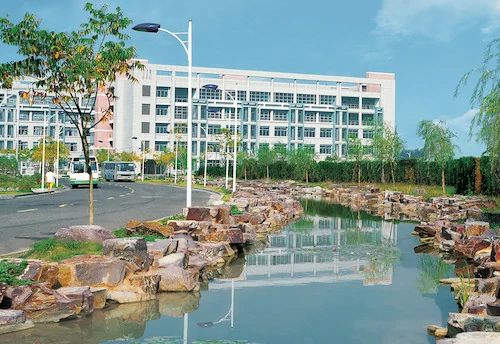
Spring 2026 Chinese Language Programs – Multiple Cities & Durations! 🎓 Explore China and master its language through our diverse 2026 spring intake programs! 🎓 Choose from flexible ...

How does Students under 18 Apply to Study in China? Many agents have asked us whether students under 18 can study in China. The answer is yes. We know many students graduate at 16 or 17 and don’t ...

Learning Chinese has become very popular in Central Asia, with the number of candidates taking the Chinese Proficiency Test — also known as the HSK — soaring to over 16,700 in 2024, a thre...

Dear International students, we invite you to apply to Hangzhou Normal University. Founded in 1908, it’s a well-respected institution. Located in the beautiful city of Hangzhou, the university offers ...

As a leading 211 Project university, which offers an excellent one-year Chinese language program for international students. Featuring small-class instruction taught by experienced faculty, ...

Mechanical Engineering in HUNAN Partial Scholarship The employment prospects of international students majoring in mechanical engineering are still very broad after graduation. They can find...

When the sun crosses the celestial longitude of 135° on August 7, 2025, nature quietly begins autumn's prelude. As one of the "Four Commencements" in China's 24 solar terms, Liqiu (Be...

Dressed in exquisite traditional Indonesian batik attire, Wenny and her classmates were busy at their country's booth on the campus of Beijing Foreign Studies University, introducing visitor...

Hello, future international students! Congratulations on your acceptance to study in China! As you prepare for this exciting journey, we’ve put together a helpful guide to make your pre-a...

This university is located in Xi'an, Shaanxi—a historic and cultural city in China. It is home to the world-renowned Terracotta Warriors, where the charm of the ancient capital blends wit...
Popular
SCG - December 3, 2025
Subscribe

